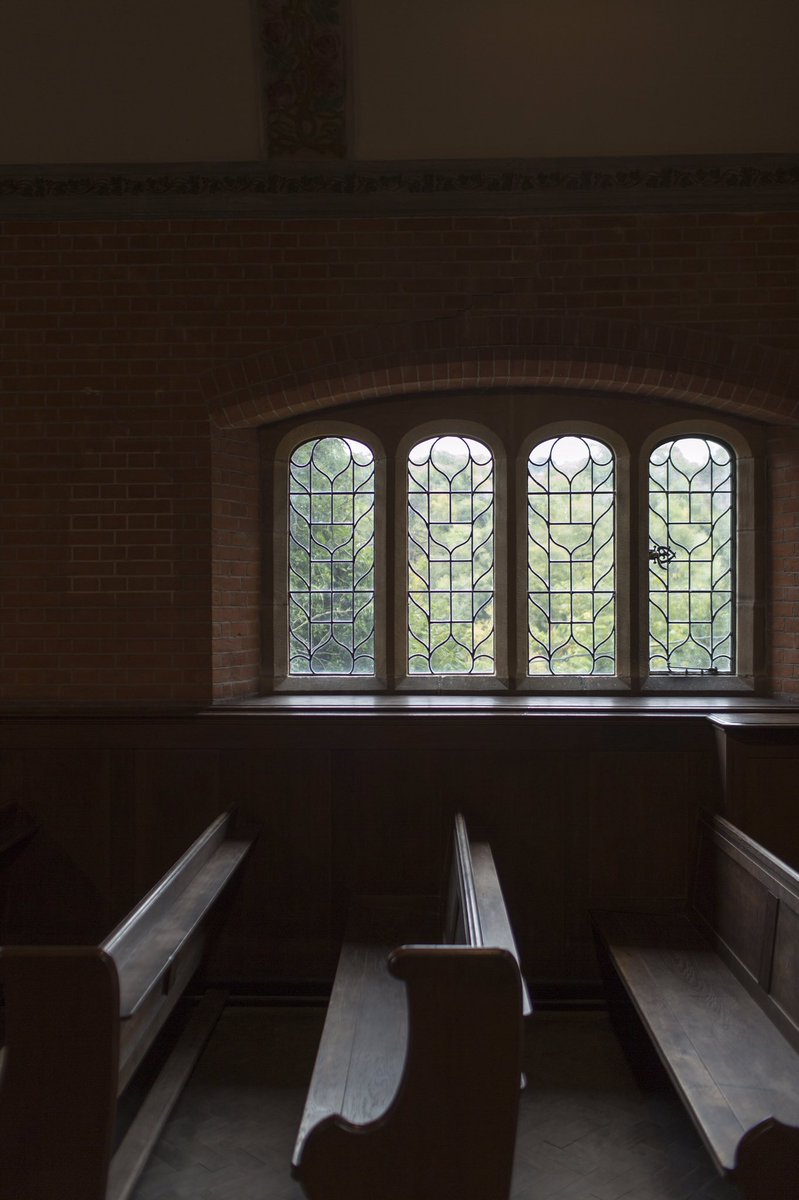
Keeping time, saving time. On time, in time. Lost time, out of time...
The hand of the clock guides us from dawn to dusk and back round again. The ticking heart of our existence, time has preoccupied people... since, well, the beginning of time...
#thread
The hand of the clock guides us from dawn to dusk and back round again. The ticking heart of our existence, time has preoccupied people... since, well, the beginning of time...
#thread

In England, time began to become part of our day-to-day lives when the Saxons brought us scratch dials. These were a method of dividing their days and nights into eight divisions known as ‘tides’.
2/8
2/8

Later, during the Middle Ages, this model was adapted for ecclesiastical purposes to herald prayer recitals at specific times of the day, known as the Divine Offices. These etchings became known as mass dials and were cut into south-facing walls in order to catch the sun.
3/8
3/8

Chronology of design is unclear; however, generally, the earliest mass dials were formed of simple circles with radiating lines; these were followed by versions with a bottom arc of pin-point dots. Mass dials with numerals around the circumference are much later and rare.
4/8
4/8

In the 14th century more sophisticated mechanical clocks, allowing more accurate timekeeping, were introduced to great English cathedrals, such as Wells Cathedral c.1390. Over the next century, mechanical clocks spread across the country, tho mass dials were still common.
5/8
5/8

As scientific understanding of the relationship between the sun and the Earth increased, the sun-dial we are familiar with today became popular. As well as being functional, these sun-dials became attractive centre-pieces on building facades,!a celebration of science and art.
6/8
6/8

By the end of the 16th century, the humble incised dial had been eclipsed by the fanciful sun-dials and practical mechanical clock.
Time had been called on the mass dial.
7/8
Time had been called on the mass dial.
7/8

This is an excerpt from our Director’s blog on time in churches. For the full story head over to:
friendsoffriendlesschurches.org.uk/in-time-on-tim…
#clocksgoback #daylightsaving
friendsoffriendlesschurches.org.uk/in-time-on-tim…
#clocksgoback #daylightsaving
• • •
Missing some Tweet in this thread? You can try to
force a refresh


















